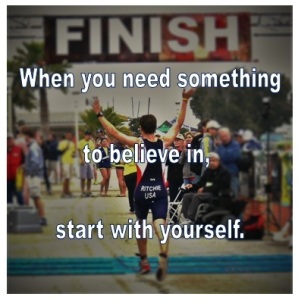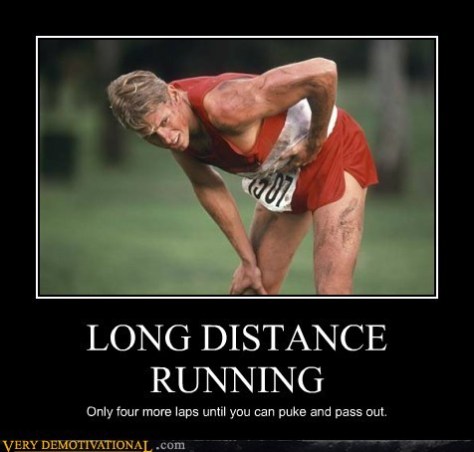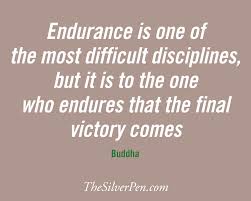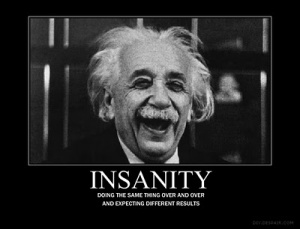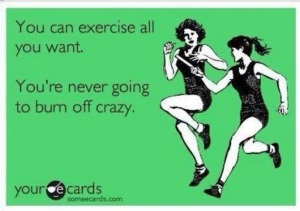So, you’ve decided that you want to do a triathlon. GREAT!! Only problem is, you can’t even run a 5k (or maybe you don’t even know what that is either). No problem! I’m here to help you get started on your journey to do your first triathlon.
Why do I call it a journey?! Because triathlon is not about a race at the end of a long program but rather the journey you take to get there. You will learn so much about yourself during your training and will push yourself farther than you ever thought possible. Like I am learning now, life is not about reaching a destination but rather the journey you take to get there.
One of the first things that people do when they commit to a particular race is search the internet to find some sort of training plan for beginners. If you’ve already done this, I’m sure that most of them tell you to pick a race X numbers of weeks out and to use their plan to train yourself to survive the race. They probably start you out at a low mileage and increase the mileage to a certain point close to your race distance and then ease up the week before your race. And that is exactly how I (along with most top triathletes) structure my training during the season. That must mean that is what you should do…..right?!
WRONG!!!! This structure of training is for those that already have a strong base of fitness and speed. The goal of this sort of training program is to slowly add endurance to the speed that is built in the off-season and increase the ability to hold that speed for the desired race length. But if you have no fitness and speed, what will you be building?! Well, you will be building a painfully slow and drawn out version of what is supposed to be quick and easy.
Now, I am not talking about riding your bike at 25 mph or 5-minute mile running pace here (that is what the pros will do for race). My idea of speed for a new triathlete is to set a goal of 2 hours or better for a sprint race and be able to do the individual distances at a pace that will result in that time. Why 2 hours?! First off, training for a 2 hour race is much easier than training for a 3 hour race (think about long runs of only 40 minutes instead of an hour). Also, after about 2 hours of moderate exercise, nutrition begins to become a big factor in a race and you don’t want to be dealing with that just yet. (Trust me, this is where the dreaded, and controversial, ‘bonk’ begins to lurk and you don’t want to deal with that monster just yet.)
So, what kind of speed am I talking about then. Well lets break it down using the ITU sprint distance (not sure what that is, check this post out) and say that you want to do this sprint race in 2 hours. This would break down to about a 20-minute 750-meter swim, 1-hour 12.5-mile bike, and 36 minute 5-kilometer run (with 2-minutes in each transition). That’s a 2:45/100-meter swim pace, 12.5 mph bike ride, and 12-minute/mile pace. If you have no idea what these mean, don’t worry; we’ll do a little fitness test and you’ll learn very quickly what they all mean.
You may be thinking to yourself, “This guy is nuts! I can’t even run one mile in 12-minutes let alone 3 in a row. How does he expect me to do that?!” Well, I’m glad you asked. We are going to use a method similar to what the pros use by first, training your body to move at the faster speed and then building the endurance to hold the speed for the distance race you want to achieve.
Now, stay tuned because this is just the beginning of my blog series that is going to take you through 4-weeks of speed building and prepare you to start building the endurance you’ll need to achieve your goals. And trust me, this will put you in a much better spot to finish this race and several others without the bonk that is so dreaded throughout the sport.


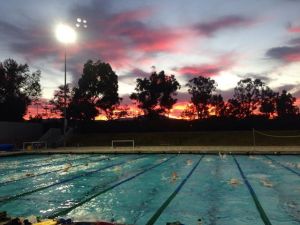
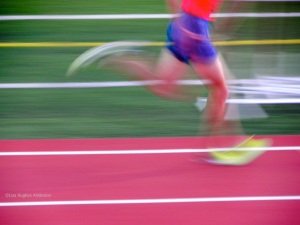
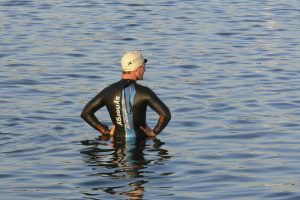

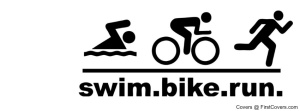

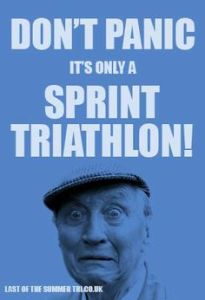 Lastly is the sprint; which, if you are reading this page is probably what you are looking for to start. The sprint distance is the only distance that isn’t well defined and tends to vary from venue to venue. The ITU sprint format is half of the Olympic distance or 750m swim, 20km bike, and 5km run. Most “sprint” races are going to be around this distance. However, I have seen swims as long as 1000m and as short as 250m, bikes that ranged from 9 miles to 15+ miles, and runs that ranged from 2 miles to 5 miles. So the distances will vary and you will want to double check them before you sign up for a particular race.
Lastly is the sprint; which, if you are reading this page is probably what you are looking for to start. The sprint distance is the only distance that isn’t well defined and tends to vary from venue to venue. The ITU sprint format is half of the Olympic distance or 750m swim, 20km bike, and 5km run. Most “sprint” races are going to be around this distance. However, I have seen swims as long as 1000m and as short as 250m, bikes that ranged from 9 miles to 15+ miles, and runs that ranged from 2 miles to 5 miles. So the distances will vary and you will want to double check them before you sign up for a particular race.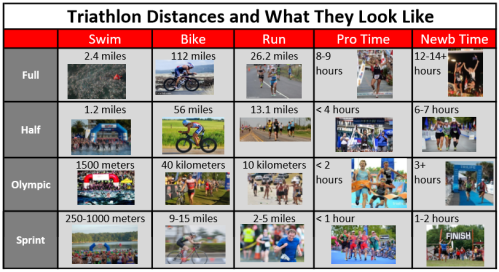


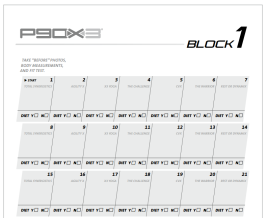 of the decisions have been made ahead of time and all that is left is action. Much like an emergency checklist for an airplane. When a propeller stops spinning or an engine catches fire is no time to sit and think about what needs to be done; it is time to take action. When you are sore and tired is no time to make decisions about your workouts; these need to be made ahead of time. This way you can spend your energy battling through the workout; not battling with your motivation to get going.
of the decisions have been made ahead of time and all that is left is action. Much like an emergency checklist for an airplane. When a propeller stops spinning or an engine catches fire is no time to sit and think about what needs to be done; it is time to take action. When you are sore and tired is no time to make decisions about your workouts; these need to be made ahead of time. This way you can spend your energy battling through the workout; not battling with your motivation to get going.